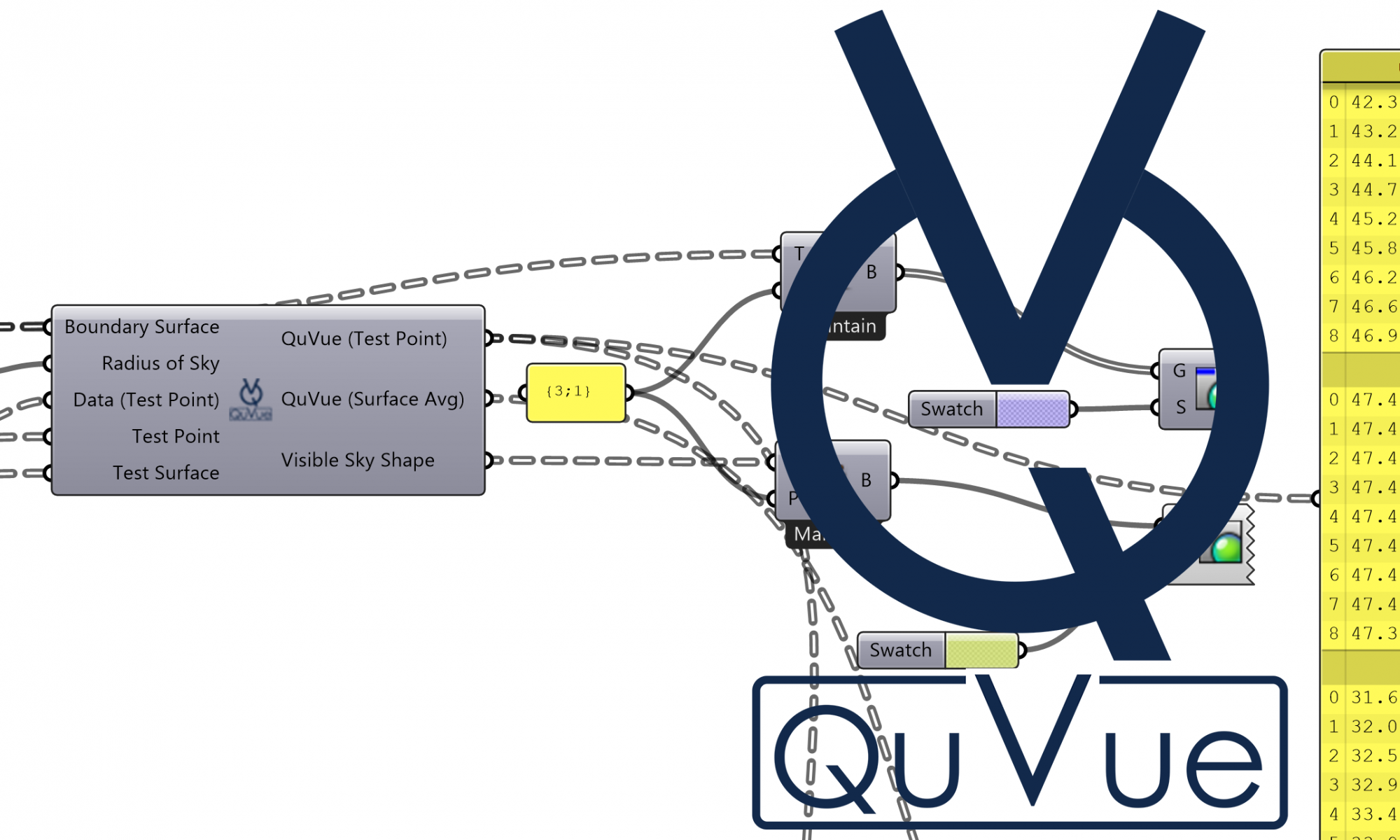Fig. 9, Fig. 10 illustrate the building layout of the existing complex, as well as the unit types, dimensions, and heights; all meet the building code requirements for South Korea. The complex consists of five buildings. Four Y-shaped buildings (Buildings 1 to 4) are residential and Building 5 is commercial. Each residential building (the Y-shaped structures) consists of four units (Units A to D) and range from 38 to 41 stories. Each unit has a main view to the outdoors based on the composition of the living room and master bedroom. Several residential and commercial buildings are located around the site boundary (Buildings A to L) (see Fig. 9, Fig. 10). Using this information, the base-case PBL model was developed with the assumption that the height of each floor was 3m; each unit had a reference point on the center of the main view surface to measure the visible sky ratio (see Fig. 11).

Fig. 9. An existing residential building layout, surroundings, and unit types (Google Maps).

Fig. 10. Dimensions and heights used in the base-case PBL model.

Fig. 11. A perspective view of the base-case PBL model and QueVue measuring points for each building.
The outcomes of the visible sky ratio obtained from QuVue for the base-case PBL model were compared with one of the visible sky ratio measurements called SkyEF in order to present the robustness and applicability of QuVue, especially in high density high-rise built environments. SkyEF developed by Zhang et al. [35] is a 3D sky segmentation method for measuring visible sky ratio that showed better results than the methods tested in the authors’ previous paper [14]. The average visible sky ratios of measurement points over the height of the main view surface are plotted in Fig. 12. For the SkyEF calculation, 2,305 sky segments were used. Overall, SkyEF produced higher visible ratios than QuVue; the highest and lowest differences between QuVue and SkyEF were 7.4% and 1.8% in Units 3A and 3D, respectively. The main view in Unit 3A was positioned towards the surrounding highly dense high-rise buildings, while the lower density mid-rise buildings were located around Unit 3D.

Fig. 12. Average visible sky ratios of test points on each main view surface, by building.
To investigate this issue in greater detail, the visible sky ratios of all test points for Units 3A and 3D are illustrated in Fig. 13. In both cases, SkyEF measured higher visible sky ratios than did QuVue. For Unit 3A, the differences grew larger as the heights of the test points increased. An unconventional pattern was measured in Unit 3D via the SkyEF method; the result was that the values increased up to the 15th floor, were very similar from the 15th to 32nd floors, and dramatically increased after the 33rd floor (see Fig. 13). These trends originated from a limitation of the 3D sky segmentation method (as described in Fig. 2, Fig. 14); the downward view is lost when the center of the sky hemisphere (i.e., test point) is vertically raised. QuVue includes humans’ downward view from upper floors, resulting in less visible sky area (see Fig. 3).

Fig. 13. Visible sky ratio of test points in Units 3A (left) and 3D (right).

Fig. 14. Top and front views of SkyEF obtained from the test point on the 32nd floor, Unit 3D.
More precisely, the heights of the buildings surrounding Unit 3A (the 38th to the 42nd stories) were similar to those of the test point on the top floor that produced a gradual increase in SkyEF. Low-rise buildings of 15 stories (Buildings J, K, and L) surrounded Unit 3C (at 38 stories), which produced a similar SkyEF after the 15th floor, due to the location of the center of the hemisphere; the dramatic increase in SkyEF after the 33rd floor was affected by Unit 3C (see Fig. 10, Fig. 13, Fig. 14). The SkyEF values on the top floor in Units 3A and 3C were close to 50% of the visible sky ratio, which meant there was no obstruction of the view of the sky. Conversely, the QuVue patterns gradually increased in Units 3A and 3D as the test point location was raised. Unlike SkyEF, QuVue employed a single sky hemisphere for all test points that included the downward view and the accurate effect of surrounding conditions on the visible sky area calculation. Consequently, QuVue produced more reliable outcomes than did SkyEF, especially in highly dense high-rise urban environments.
Further investigation was conducted to identify the effects of the visible sky ratio on property values in an actual market. In South Korea, the Ministry of Land, Infrastructure, and Transport announces the appraised value for residential buildings on the first day of every January; the values are based on estimations made by the Korean Appraisal Board. Appraised value represents a fair price for a residential unit at a given point in time; such values are usually used for issuing property tax notices [59]. Fig. 15 shows the appraised value of the existing complex on January 1, 2018. Generally, it is categorized into three groups, based on the unit’s floor area (101 m2, 125 m2, and 138 m2); larger units tended to have higher appraised values. Also, the value increased as the unit’s story became higher. This indicates that the benefit of the view from higher floors was considered during the appraisal. However, there were significant differences in the visible sky ratios, regardless of the unit area and type; the ratio was highly related to the building layout (see Fig. 12).

Fig. 15. Appraised value of the existing complex (the base-case PBL model).
Fig. 16 is the average QuVue of the main view surface of each unit, sorted by area. The average QuVue values for Units 4C and 2D were 44.6% and 28.4%, respectively, which were the highest and lowest values for units with the same floor area (101 m2). Similarly, the QuVue values for Units 4B and 2A, units with 125 m2 of floor area, were measured as 45.1% and 26.4%, respectively. Surprisingly, the lowest QuVue values for the entire complex were measured in the largest units (138 m2); these units also represent the highest appraised values. Although a significant difference in QuVue values was found between the same floor area units throughout the entire complex, current appraised values fail to accommodate the differences among units in terms of obstructed view originating from the surround buildings’ layout. In this regard, QuVue could be widely implemented throughout the market to precisely evaluate the amount of view to the sky. The process could be used by buyers to find units with better views and compare prices, as well as governments (i.e., policymakers) to enforce rules demanding units have certain minimum view requirements, and planners and architects to support their decision-making process for building layouts at the site-planning stage.

Fig. 16. Average visible sky ratios (QuVue values) of test points on each main view surface, by unit area.
References
[14] Y.K. Yi, H. KimUniversal Visible Sky Factor: a method for calculating the three-dimensional visible sky ratio Build. Environ., 123 (2017), pp. 390-403
[59] Ministry of Land Infrastructure and Transport, Appraised Value (2018) Available at: https://www.realtyprice.kr:447/notice/town/siteLink.htm
*The article is from “Kim, H. and Yi, Y. K., ” QuVue Implementation for Decisions Related to High-rise Residential Building Layouts,” Building and Environment, Volume 148, 15 January 2019, Pages 116-127″

